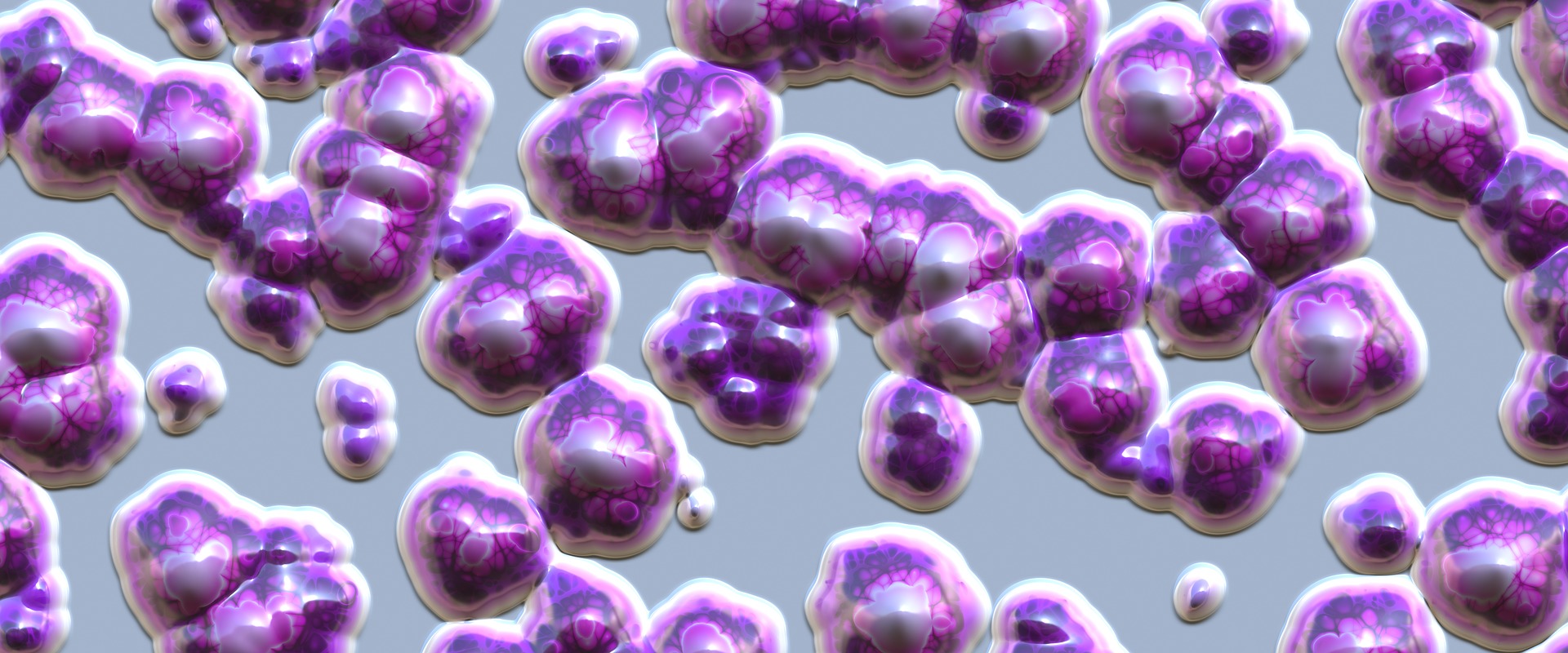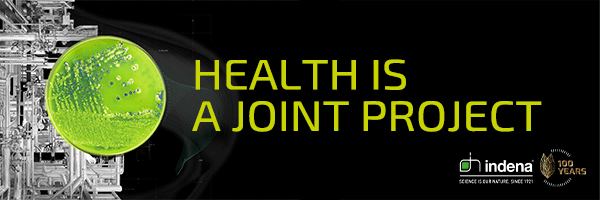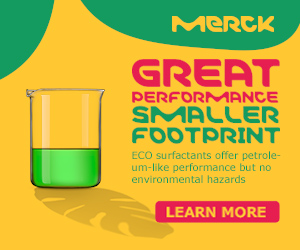Cosmetics & Personal Care
In the garden of microflora 8th March 2018
By our Editorial team
Dr Stefan Hettwer, Senior R&D Manager - Cosmetics Actives at RAHN AG, explains latest developments in skin microbiom

Dr Stefan Hettwer, Senior R&D Manager – Cosmetics Actives at RAHN AG, explains latest developments in skin microbiome research.
The skin is home to a complex microbiome comprised of trillions of bacteria and lymphocytes that form part of the human immune system. As with any eco-system, the microbiome is a delicate balance of nature. Upsetting that balance can lead to problems such as inflammation, blocked pores and acne.
A recent interest in exploring the microbiome for personal care has opened up a brave new world for research and development, with the goal of re-balancing the skin’s microflora to avoid a cascade of responses culminating in blocked pores or acne formation. CKH (Global) spoke to Dr Hettwer about this field of research, in advance of his technical presentation at in-cosmetics Global – if you are attending in-cosmetics Global in Amsterdam, you can hear his presentation on 18th April in Technical Seminars Theatre 3 at 3:40 pm.

Approximately how many types of bacteria are living on our skin, and what do they do there?
Dr Hettwer: The advances in recent microbiome analysis techniques revealed a much higher bacterial diversity on the skin as can be detected by traditional culture-based methods. In our own studies on acne prone skin, we detected bacteria from six phyla, more than 80 families and not less than 500 different species. You can imagine that this is only a fraction of what can be found in normal skin. Furthermore, skin of different ethnicity and on different places of our planet might harbour even more different species.
All in all, the amount of microorganisms living on our skin pretty much resembles the total cell number of our skin cells. The function of the bacteria is to block niches where pathogenic bacteria might be able to settle. To achieve this, our body creates the best conditions to feed the “good” microorganisms to enable a first protective shield against unwanted intruders.
This emergence of research in the skin microbiome might been seen as following the recent success of the food industry in promoting the benefits of ‘good bacteria’ – are the two areas of research connected?
Dr Hettwer: We have to distinguish where the microorganisms are used. The food industry targets the inside of our body, mainly the gut. On the one hand, you can re-balance a disturbed microflora in adding beneficial bacteria (pro-biotic). On the other hand, you can try to change the nutritional environment of the habitat of the microorganisms to promote the growth of the wanted species (pre-biotic). By doing so, the food industry tries to change the ecosystem of the gut to stimulate a proper digestive function and also the immune system, as it is known that the gut is a very important organ for it.
Skin biology is not as well investigated in respect to the microflora. However, in today’s tidy world, microflora are on bad terms as we regularly use cleansing products which will reduce the number of bacteria on our skin every day. Other external factors also stress the skin microflora. As such, it can be an important approach to take care of the skin’s microbiota.
For many years, problems like acne were managed with antibiotics. In light of new views on ‘good bacteria’, is this approach now considered detrimental?
Dr Hettwer: Severe acne cannot be treated with cosmetic solutions but is a pathological skin condition which needs to be diagnosed by a dermatologist. Retinoid treatment and antibiotics, the most powerful anti-acne therapeutics, have the advantage that they can be used topically and systemically to cure especially severe cases. Today’s antibiotics are in most cases selective to the target phylum of the bacteria and do not create a “tabula rasa” condition on the corresponding area of use. Cosmetic solutions for acne prone skin can mimic the dermatological armoury to prevent an aggravation of a mild condition. As a healthy microbiota is important to prevent the growth of deleterious species, it is crucial to choose intelligent molecules which target a specific sub-population of bacteria, in case of oily skin predominantly Propionibacterium acnes.
Dr Stefan Hettwer, Senior R&D Manager – Cosmetic Actives at RAHN AG, Dörflistrasse 120 CH-8050 Zürich
T: +41 44 315 42 00 E: rahn@rahn-group.com



